SECURITY & COMPLIANCE LAYER
Built for Trust. Certified for Safety.
At Authvia, security isn’t a feature; it’s foundational. From PCI Level 1 certification to fraud prevention workflows, every part of our platform is engineered to protect your data, your customers, and your business reputation.
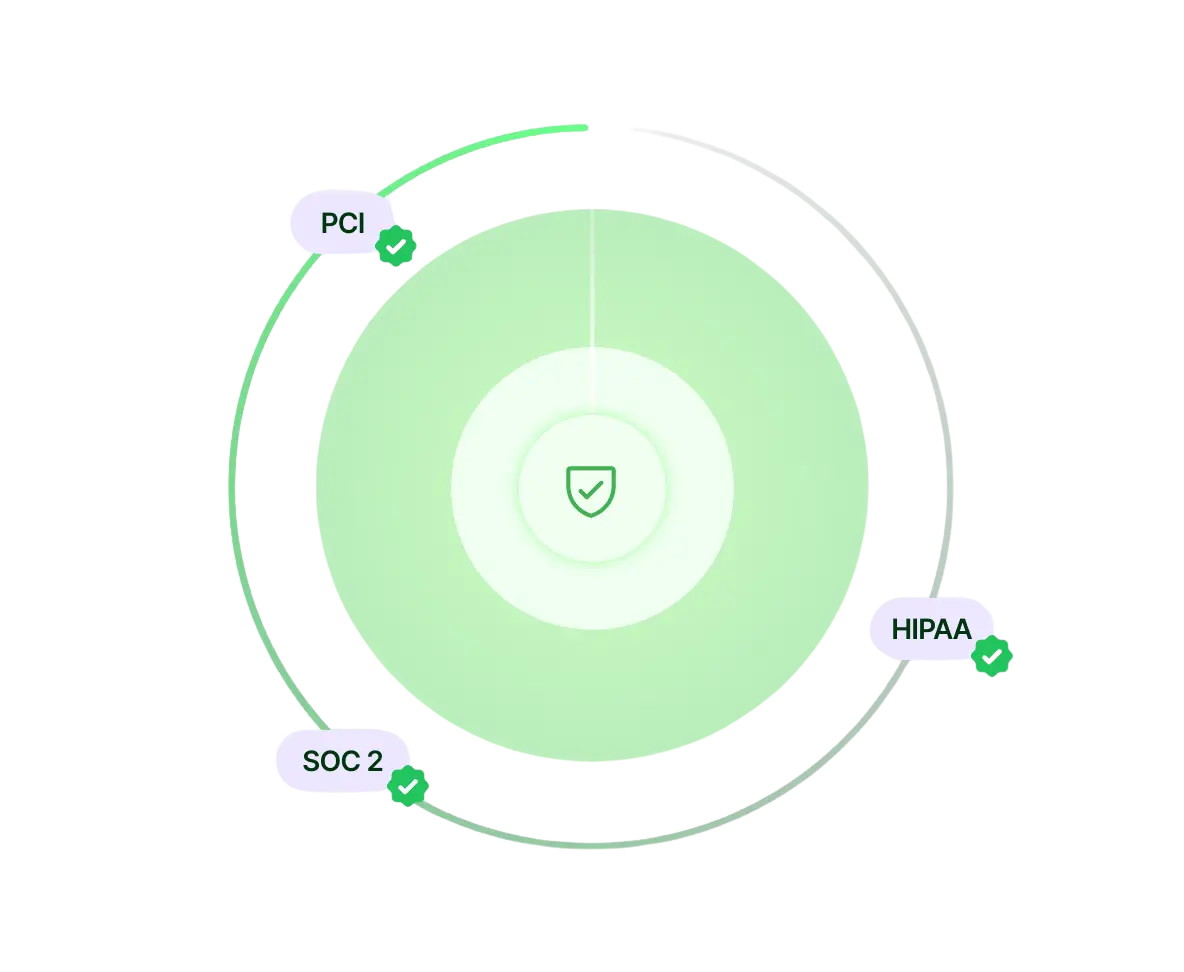
Enterprise-Grade Security, Out of the Box.
Our platform meets the highest standards for secure payments, identity verification, and regulatory compliance. Whether you’re in healthcare, financial services, automotive, or field operations, Authvia keeps your customer data secure, without compromising experience or speed.
TRACED Act Compliance
Verify mobile number ownership before sending messages to ensure compliance with federal requirements.
AWS Architecture
Authvia’s platform is built on a scalable, secure AWS architecture that delivers enterprise-grade performance, high availability, and end-to-end data protection across every transaction.
End-to-End Protection You Can Count On
Authvia’s platform is PCI Level 1 and SOC 2 compliant, securing every payment and message with tokenization and encryption, protecting sensitive data without adding operational overhead.
Why Authvia?
Every feature you need to grow your business
Seamless System Integration
Connect to your existing CRMs, ERPs, and payment gateways without disrupting current workflows.
Secure, Tokenized Omni-Channel Payments
Deliver frictionless, app-free payments across SMS, email, and chat with built-in security and compliance.
Enterprise-Ready Scalability
Easily deploy across teams, locations, or partner networks with centralized control and configuration.
Optimized for Real-Time Conversion
Engage customers at the perfect moment to drive faster payments and reduce drop-off.
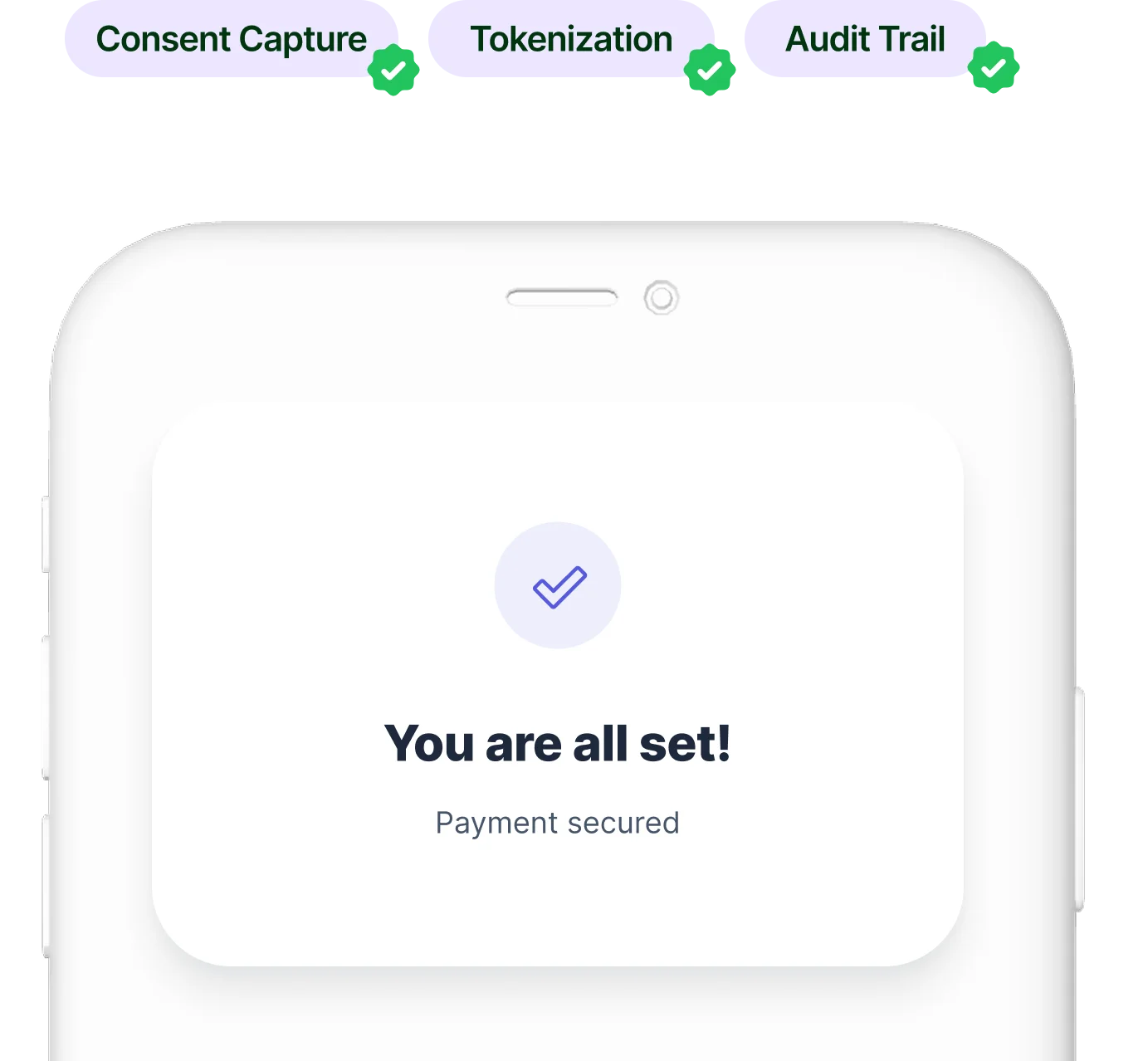
Safeguards consumer and payment data.
Tokenization, encryption, and PCI Level 1 infrastructure ensure every transaction is secure from end to end, reducing your exposure to data breaches and costly incidents.
Helps meet industry-specific regulations.
Secure, consent-driven messaging workflows minimize disputes and unauthorized payments, protecting both your bottom line and brand trust.
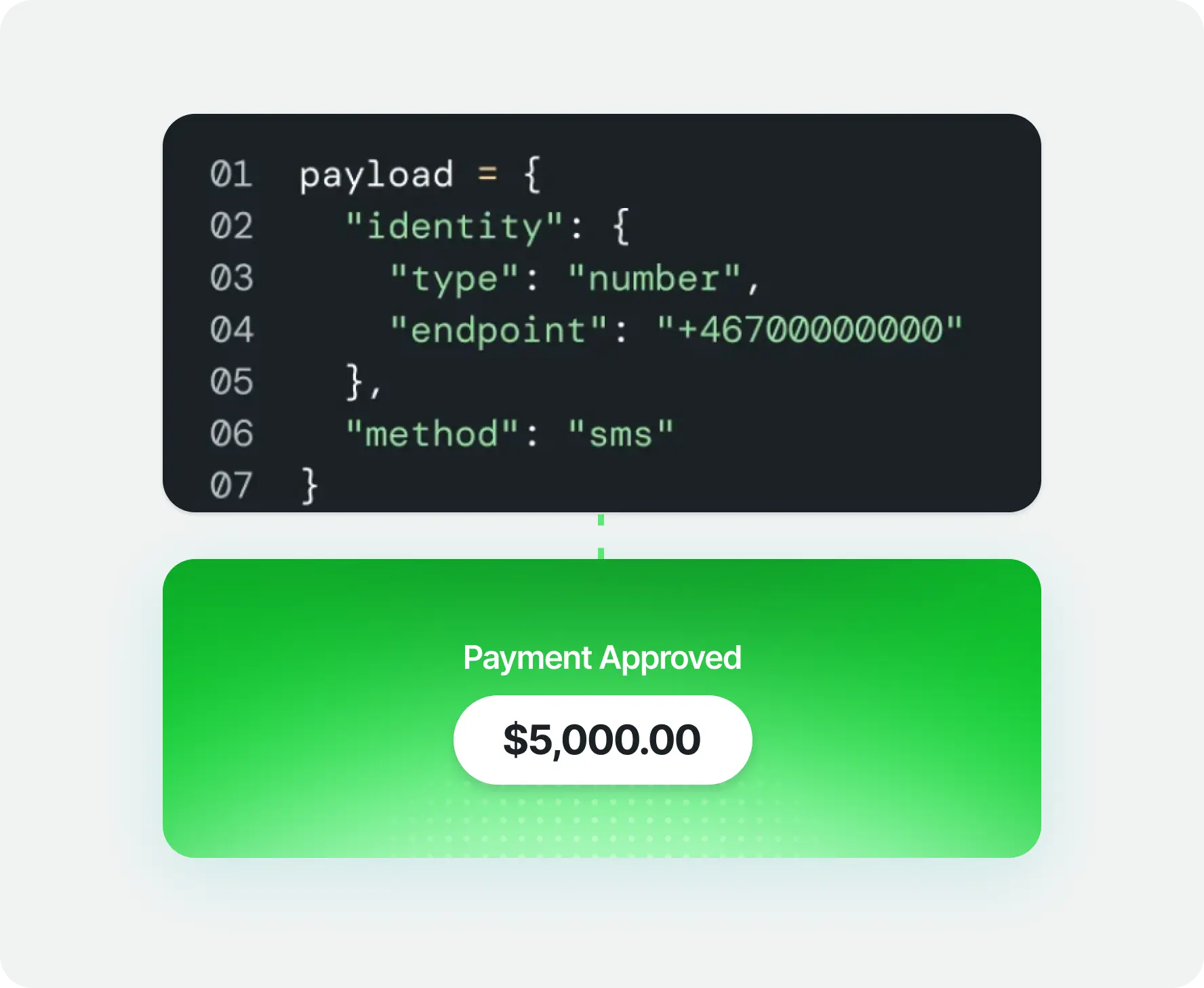
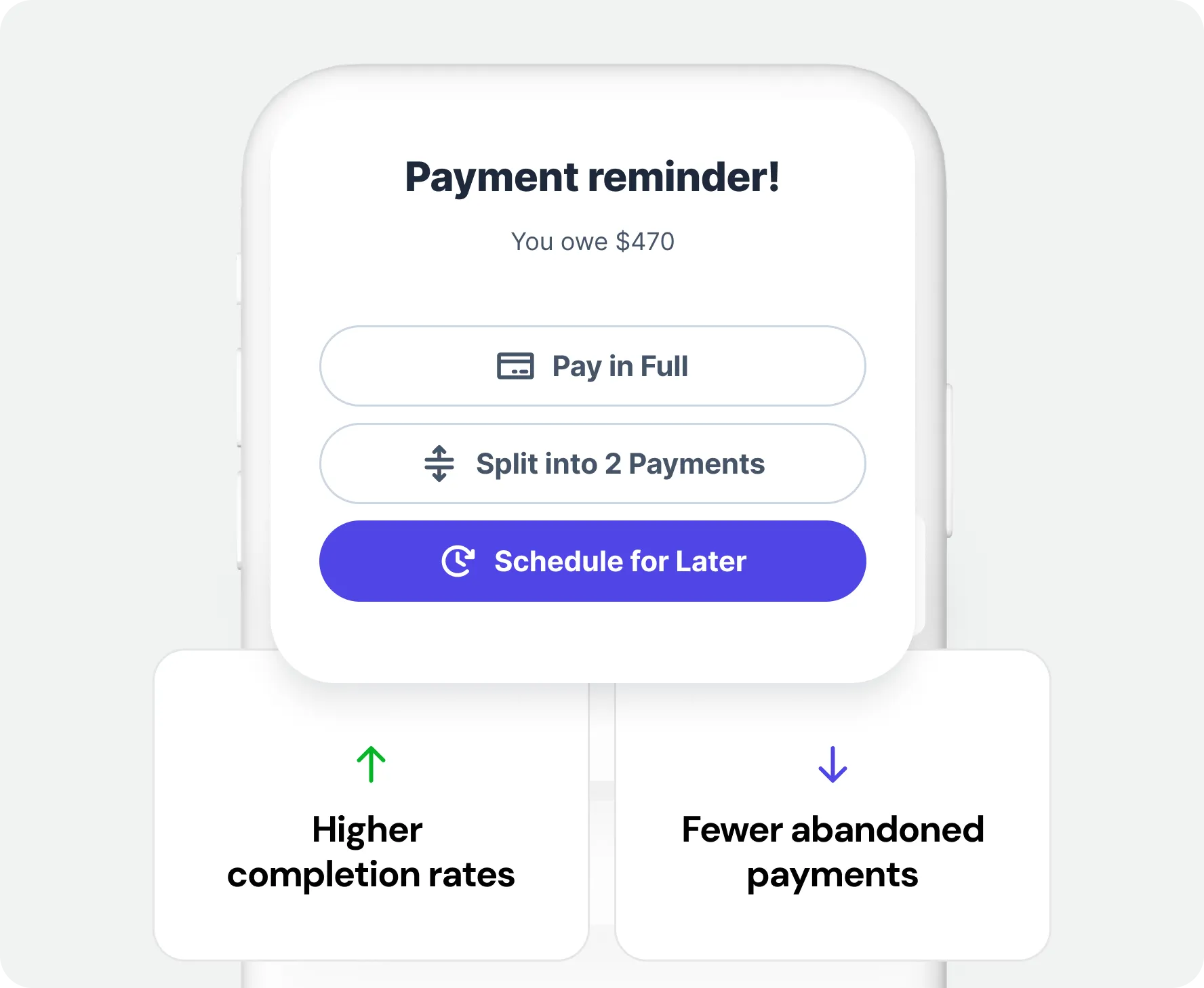
Minimizes fraud and reputational risk.
Secure, consent-driven messaging workflows minimize disputes and unauthorized payments, protecting both your bottom line and brand trust.
Enables compliant growth across teams, locations, and industries.
Built to serve complex, multi-location businesses, our platform allows you to expand confidently while maintaining consistent security and compliance standards.
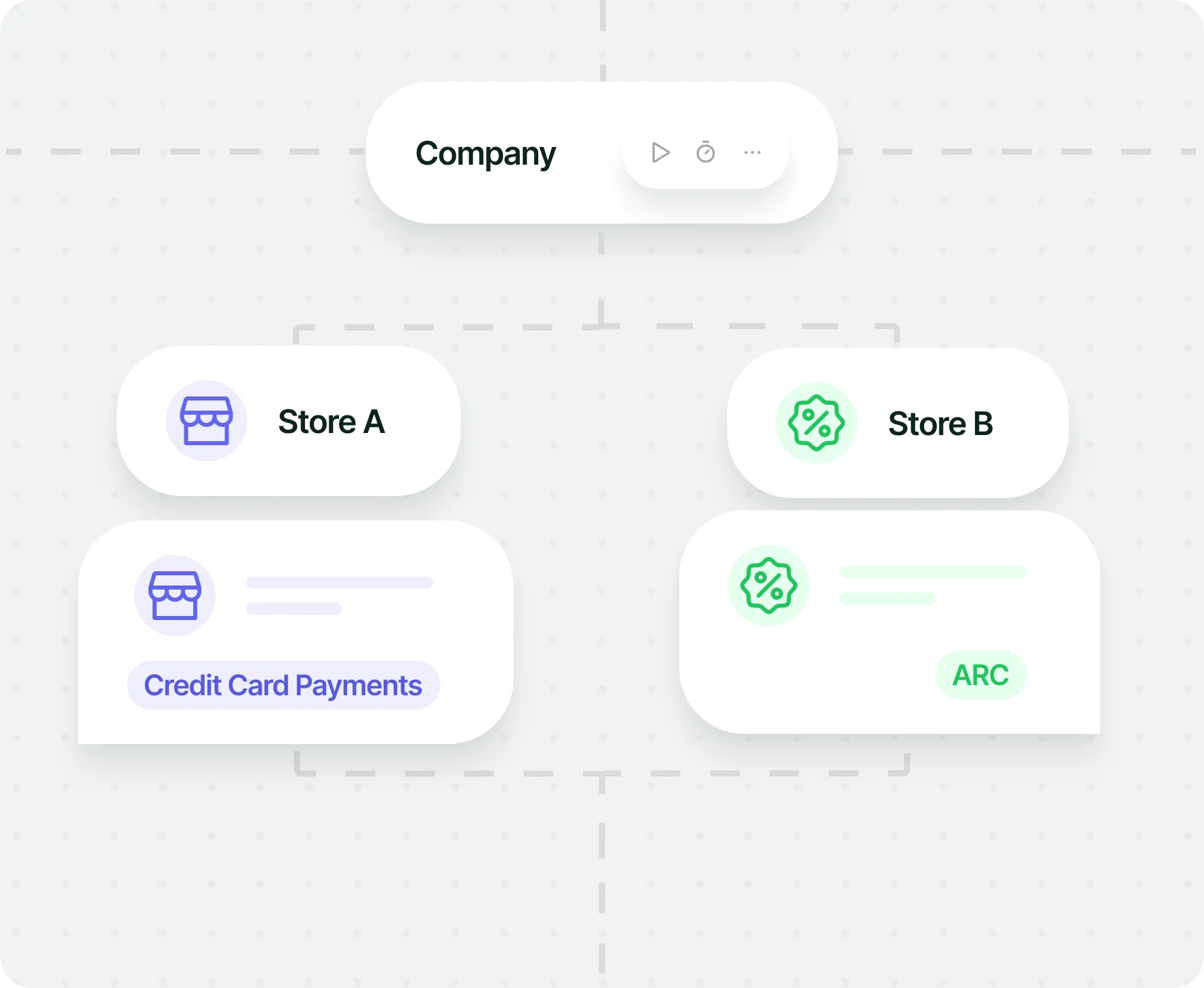
Turn Secure Messaging into Revenue with Authvia
Boost conversion rates and streamline payments directly from your marketing campaigns.
